Nestle SA Sales: Success Amid Challenges
Swiss food manufacturer Nestle SA $NSRGY, known for its popular products such as Nespresso coffee and KitKat chocolate bars, recently published its financial results for the first quarter of 2025. The increase in revenue indicates that the company is successfully navigating challenges related to rising commodity prices, particularly for coffee and cocoa.
Revenue Growth
According to Nestle's report, the company's revenue grew by 2.8% in the first quarter of 2025. This figure exceeds analysts' average expectations, which were forecasted at 2.6%. Thus, Nestle demonstrates not only stability but also moderate yet sustainable growth.
Pricing Strategies
The main driver of revenue growth has been the adjustment of product prices. Amid rising raw material costs, the company decided to increase prices, which consequently raised revenue, even though sales volume growth has been slower.
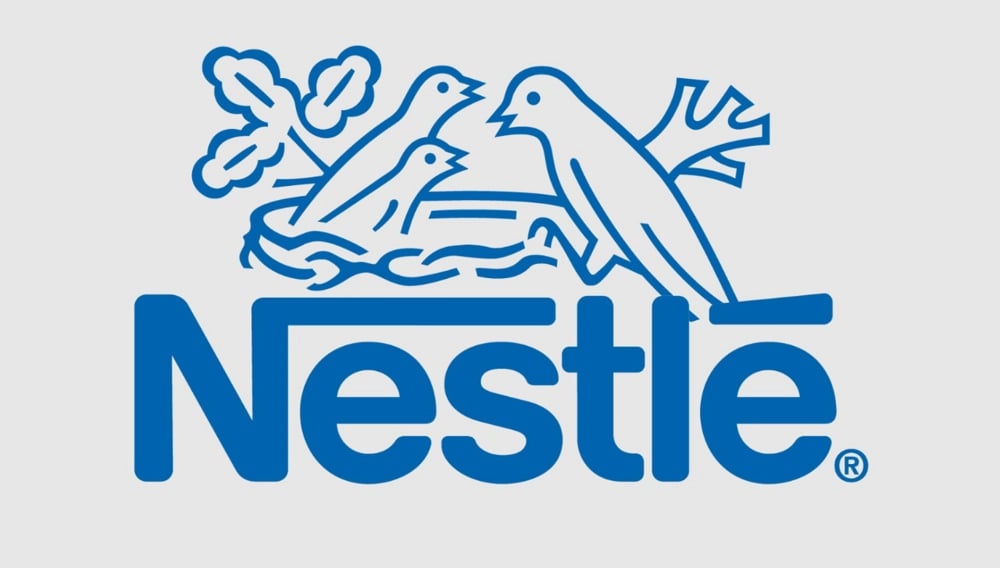
Real Internal Growth
Despite the positive revenue results, the real internal growth, which accounts for increases in sales volumes, has not been as pronounced. This may suggest that demand for some of the company's products remains under pressure, and changes in pricing could influence consumer behavior.
Factors Influencing Sales
Here are key factors that may have impacted Nestle's increased sales:
Raw Material Price Increases: The rising costs of coffee and cocoa compelled the company to update its pricing strategy, generating additional revenue.
Diverse Product Line: A broad range of products allows the company to adapt to changing consumer preferences.
Investments in Quality: Consistently improving product quality and emphasizing innovation helps maintain customer loyalty.
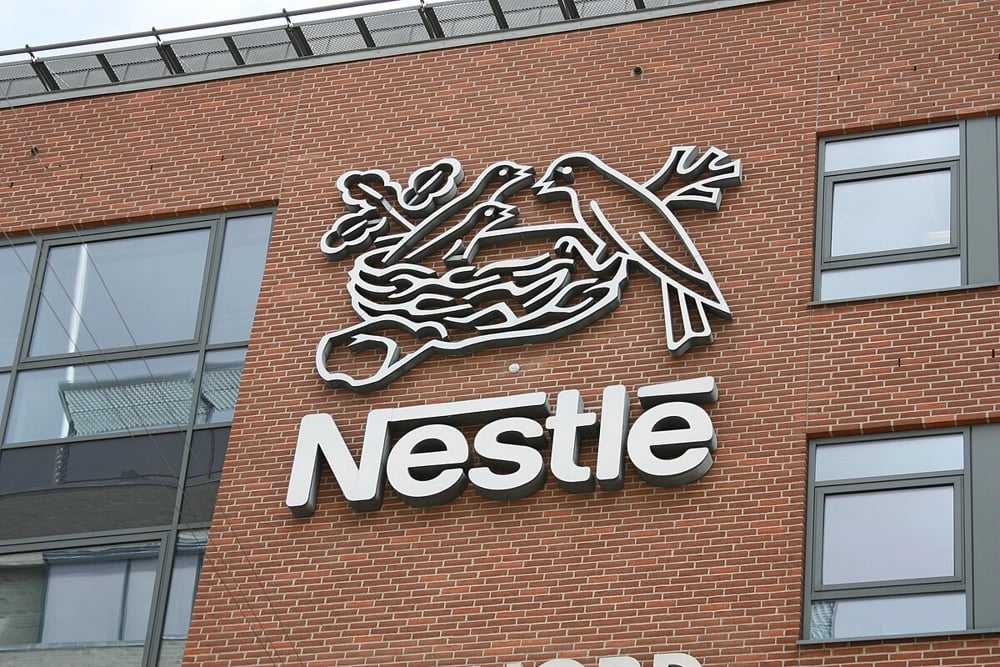
Market Position
Despite challenging conditions, Nestle continues to hold a strong position in the market. The company has long established itself as a reliable food manufacturer, allowing it to withstand market fluctuations.
Future Outlook
While current achievements are notable, it is important to consider the following:
Inflation and Market Conditions: Ongoing price increases may affect demand and consumer habits.
Competition: Increased competition from other manufacturers may put pressure on pricing strategies.
Global Trends: Changes in consumer preferences towards healthier and organic products could also impact the business.
Nestle SA's sales exhibit positive dynamics, even amid challenges related to rising raw material costs. Effective pricing strategies and a diverse product offering contribute to revenue growth. However, real internal growth requires careful analysis, as shifts in consumer habits and market conditions may influence future company results.




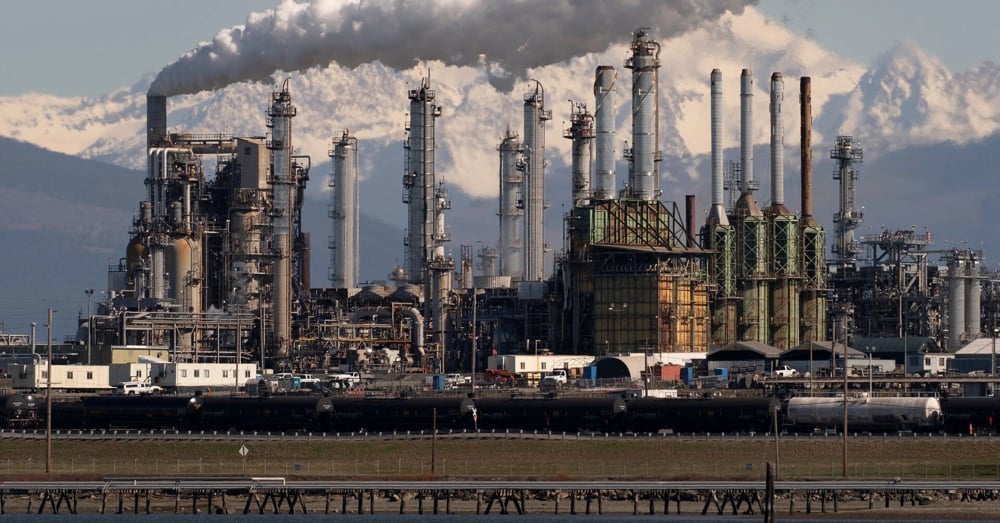




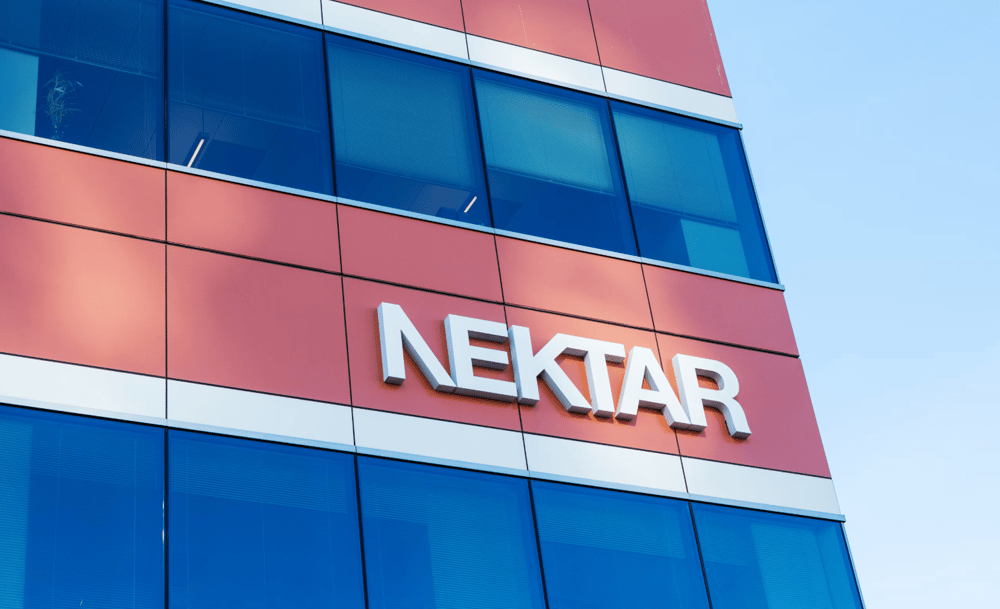
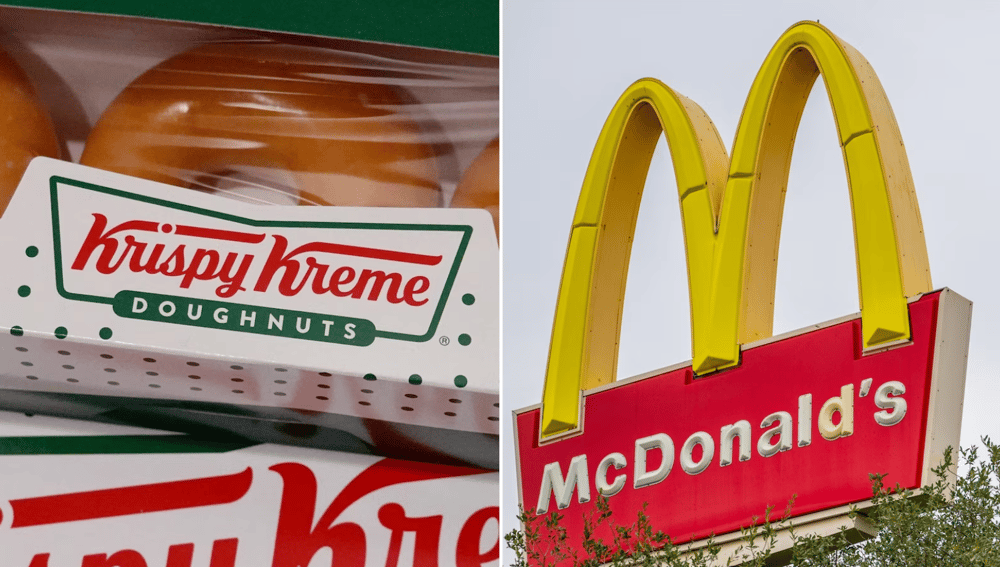
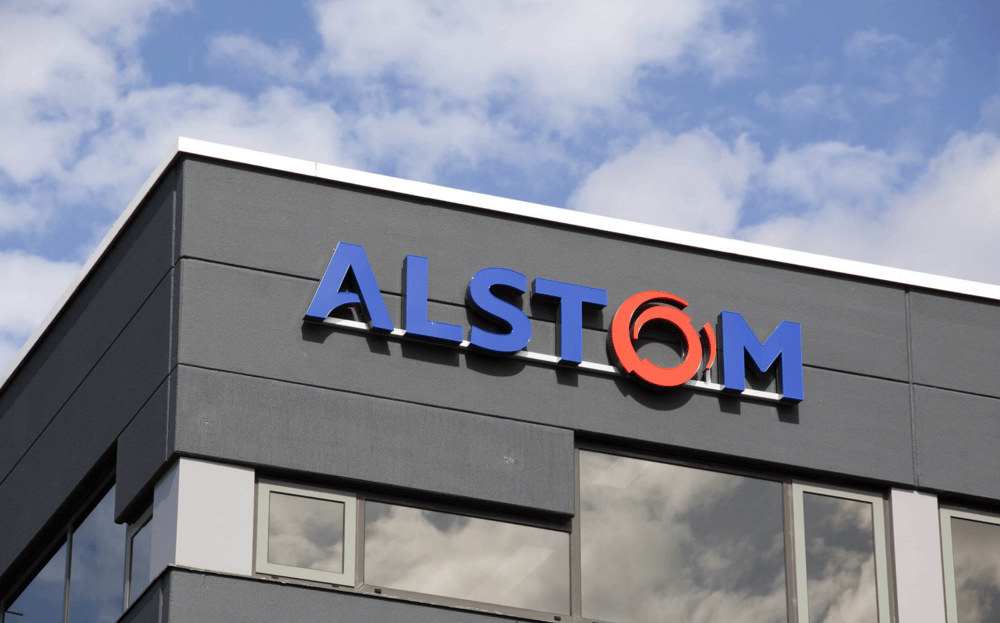

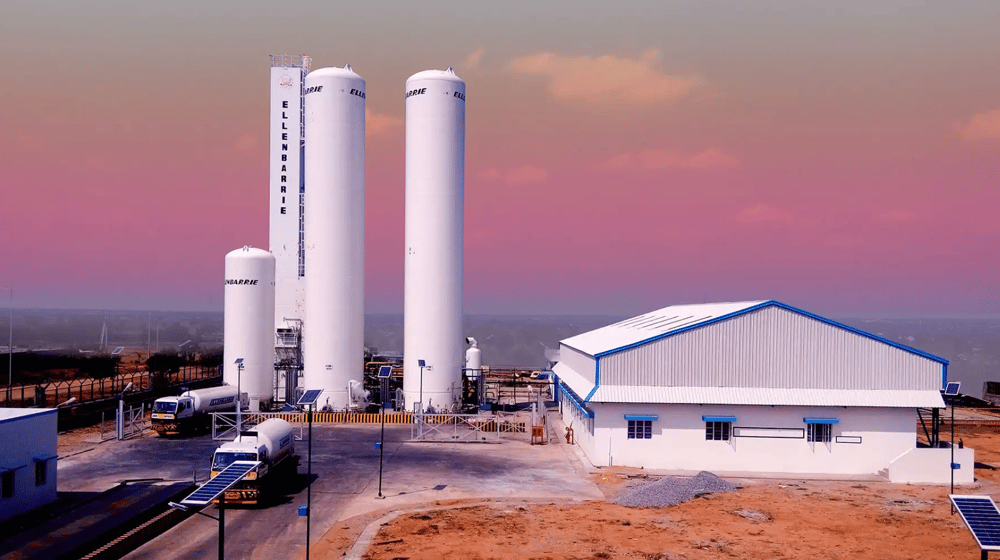

Comments
Great to see Nestlé thriving despite the rising costs—definitely a testament to their brand strength!
Impressive resilience from Nestlé, proving that good taste can thrive even in tough times!